Start date November 20, 1968 | Number of deaths 78 | |
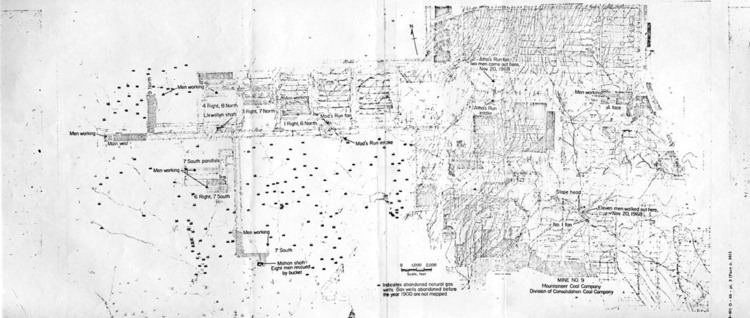 | ||
Similar Monongah mining disaster, Sago Mine disaster, Upper Big Branch Mine disa, 1909 Cherry Mine disa, Buffalo Creek flood | ||
Disaster chronicles farmington mine disaster a e 1990
The Farmington Mine disaster was an explosion that happened at approximately 5:30 a.m. on November 20, 1968, at the Consol No. 9 coal mine north of Farmington and Mannington, West Virginia, United States.
Contents
- Disaster chronicles farmington mine disaster a e 1990
- 1968 farmington mine disaster west virginia state archives
- Consol No 9
- Chronology
- Aftermath
- Victims
- References
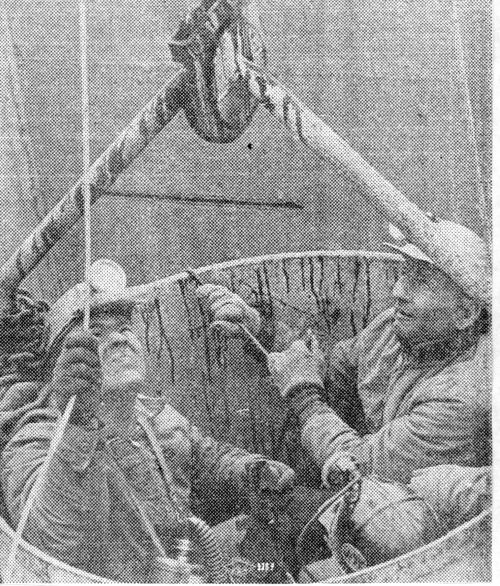
The explosion was large enough to be felt in Fairmont, almost 12 miles away. At the time, 99 miners were inside. Over the course of the next few hours, 21 miners were able to escape the mine, but 78 were still trapped. All who were unable to escape perished; the bodies of 19 of the dead were never recovered. The cause of the explosion was never determined, but the accident served as the catalyst for several new laws that were passed to protect miners.
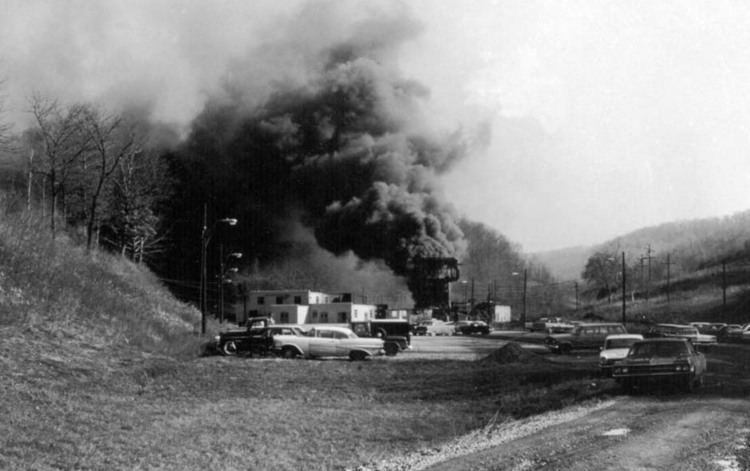
1968 farmington mine disaster west virginia state archives
Consol No 9
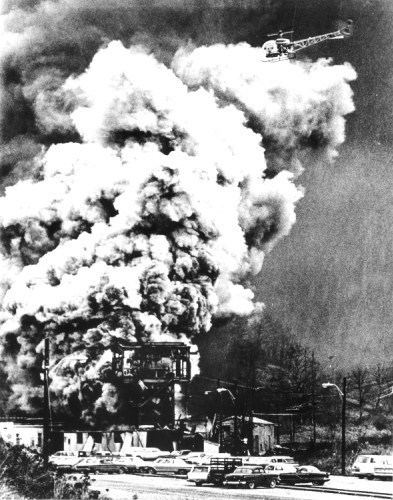
The Consol No. 9 mine was developed in the Pittsburgh coal seam, with its main entrances at James Fork, the confluence of Little Dunkard Mill run and Dunkard Mill Run, 2 miles (3 kilometers) north of Farmington, West Virginia.(39°32′19.09″N 80°15′14.44″W) The Pittsburgh seam, is over 300 feet (100 meters) below the valley bottoms in this region, and is fairly uniform, generally about 10 feet (3 meters) thick.
This mine was originally opened in 1909 as the Jamison No. 9 Mine, operated by the Jamison Coal and Coke Company. The original entrance shafts were 322 feet deep. Even in 1909, it was noted that "gasses are liberating" from the coal in the mine, so that locked safety lamps were used at all times. Initially, compressed air power was used to undercut the coal, which was then blasted before horse power was used to haul the coal to the shaft, but within a year, compressed air locomotives were obtained for the mine railway.
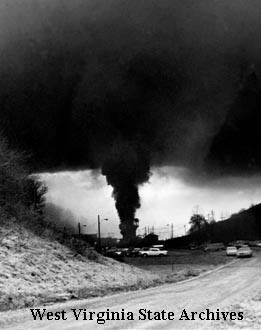
Between 1911 and 1929, Jamison No. 9 produced over 100,000 tons per year, except in 1922, when production was just under 3000 tons. Production fell to just over 4000 tons in early 1930, after which the mine was closed for three years. Production resumed in 1934, climbing to over 1.2 million tons per year in 1956. On November 14, 1954, an explosion ripped through the mine, killing 15 miners and leading to a temporary shutdown.
Under Consolidation Coal Company ownership, coal production in 1977 was 98772 tons.
Chronology
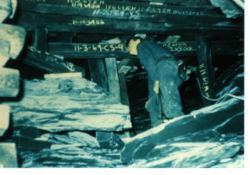
At 5:30 a.m on November 20, 1968 an explosion shook the mine. It was so strong that a motel clerk reported feeling vibrations 12 miles away. Miners living in the area heard the noise and, knowing what it meant, headed to the mine, where they discovered a rapidly spreading fire with flames shooting 150 feet into the air. Within hours, 21 miners made it to the surface but 78 were still trapped underground.
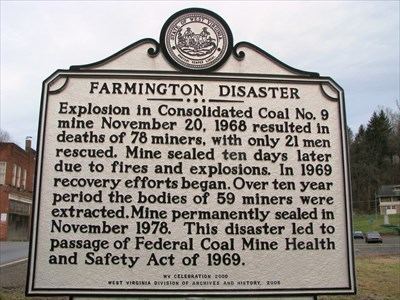
The fires continued to burn for over a week, and on November 29, rescuers finally admitted defeat after air samples from drill holes showed air unable to sustain human life. The mine was sealed on November 30 with concrete to starve the fire of oxygen.
In September 1969, the mine was unsealed in an attempt to recover the miners' bodies. Progress was slow because workers discovered cave-ins that they had to tunnel around. This recovery effort continued for almost ten years. By April 1978, 59 of the 78 bodies had been recovered. Unable to recover the other 19, the workers remain permanently sealed in the mine.
The actual cause of the blast and fire was never determined. However, several contributing factors were found that may have caused the blast: inadequate ventilation, inadequate control of explosive methane gas and coal dust, and inadequate testing for methane.
Aftermath
The Farmington disaster was a catalyst for the passage of major changes in the U.S. mining safety laws. One month after the Farmington disaster the U.S. Department of the Interior held a conference on mine safety. Stewart Udall's opening speech specifically referenced Farmington and concluded, "let me assure you, the people of this country no longer will accept the disgraceful health and safety record that has characterized this major industry."
As a result of the Farmington disaster, the United States Congress passed the 1969 Coal Mine Safety and Health Act which strengthened safety standards, increased Federal mine inspections, and gave coal miners specific safety and health rights.
In 1990, the federal Mine Safety and Health Administration investigation into the accident concluded in part that the ventilation in the mine “was inadequate overall, and most probably non-existent in some areas.”
In 2008, a memo written by an investigator in September 1970 came to light. In it, the inspector wrote that a safety alarm on a ventilation fan used to flush explosive methane gas from the mine had been disabled. “Therefore when the fan would stop there was no way of anyone knowing about it because the alarm signal was bypassed,” the inspector wrote.
A lawsuit filed in Marion County Circuit Court on November 6, 2014, on behalf of the estates of dead miners, alleges that plaintiffs discovered in June that the mine’s chief electrician, Alex Kovarbasich, disabled a ventilation fan that contributed to the accident. The lawsuit further alleges that the mining company, Consolidation Coal Co., has concealed the identity of the manager since the accident.
Victims
An asterisk ( * ) indicates those unrecovered.
